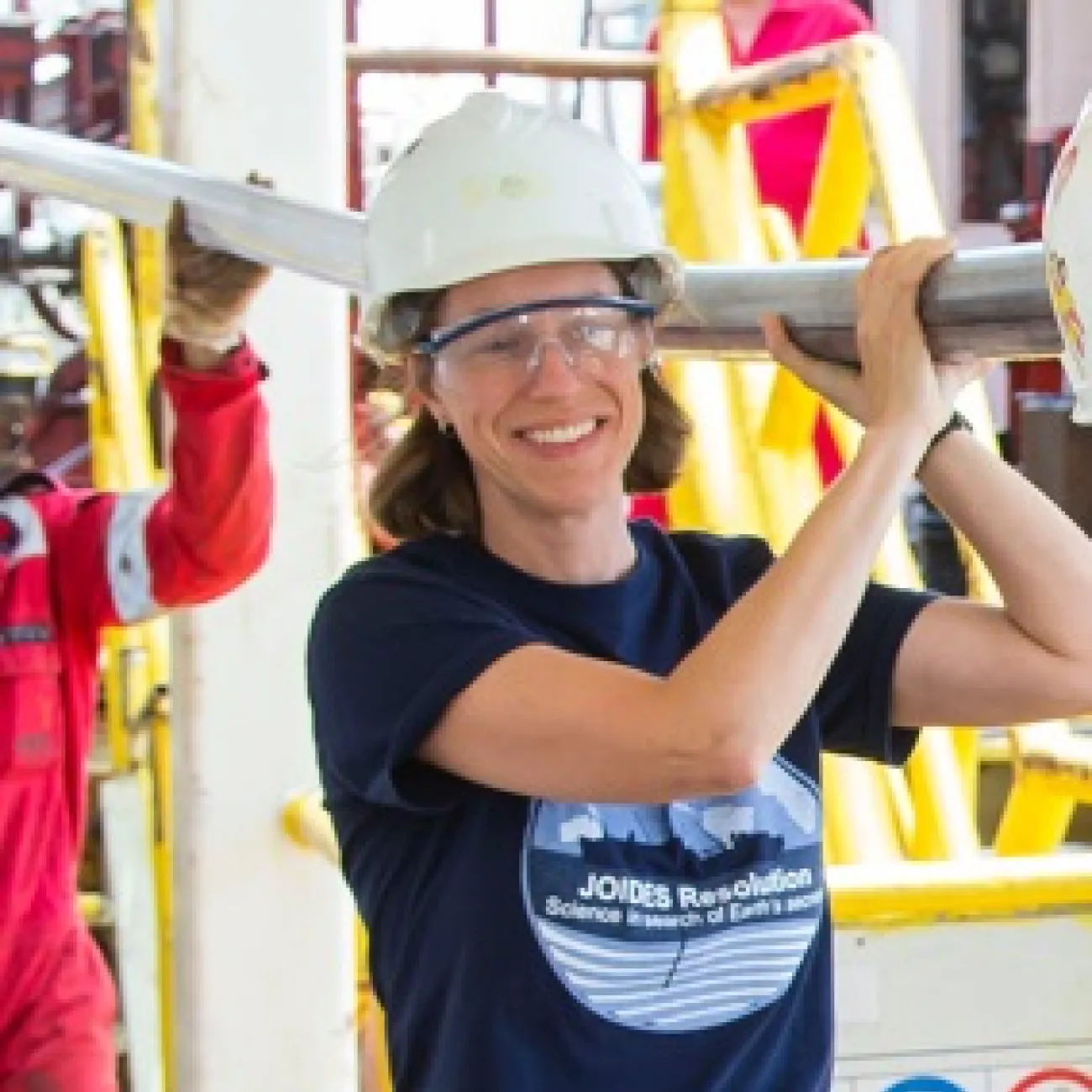About
Primary current research interests are the active tectonics of subduction zones and continental rifts, and their associated geological hazards. Specifically in how these active regions evolve tectonically, the interactions between tectonics, sedimentation and environment, and fault slip behaviour and history. Research involves a range of methodologies, from marine geophysics, sediment coring and scientific ocean drilling offshore to geomorphology and paleoseismology onshore.
Subduction zone research includes the evolution and structure of the forearc; relationship between structure, fault properties, sedimentation, earthquake behaviour and tsunami generation. Current studies are on the Sumatra (Indonesia), Hikurangi (New Zealand), Cascadia (USA-Canada), Nankai (Japan), and Makran (Pakistan-Iran) subduction zones.
Active continental rift studies are focused on the Gulf of Corinth, Greece, one of the fastest extending regions on Earth, with comparisons to the volcanic East African Rift. Terrestrial and marine data are used to determine the evolution of young rift systems at ultra-high resolution.
You can update this in Pure (opens in a new tab). Select ‘Edit profile’. Under the heading and then ‘Curriculum and research description’, select ‘Add profile information’. In the dropdown menu, select - ‘About’.
Write about yourself in the third person. Aim for 100 to 150 words covering the main points about who you are and what you currently do. Clear, simple language is best. You can include specialist or technical terms.
You’ll be able to add details about your research, publications, career and academic history to other sections of your staff profile.
